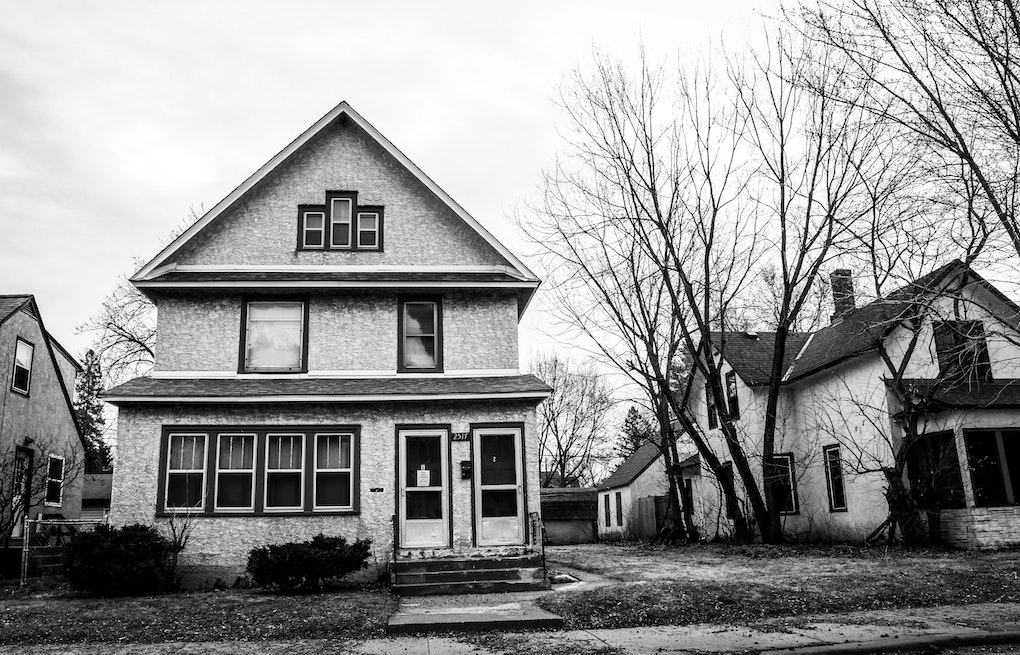Located about 250 miles south of San Francisco sat Allensworth – California’s first Black town that racism ultimately destroyed.
It was founded in 1908 by Lt. Col. Allen Allensworth and William Payne. Allensworth was a prominent leader at the time, as he was an educator and the U.S. Army’s chaplain to four Black regiments. He was born into slavery in Kentucky and later moved to California with his wife –Josephine Leavell Allensworth – after leaving the army.
Payne graduated from Denison University in 1906 and was an educator. He met Col. Allensworth after he was denied a teaching license.
The men formed two organizations: The California Colony and the Home Promotion Association to create a community where Black people could live, so they thought, without racism and discrimination.
They were able to purchase at least 900 acres for the town and by 1909, Allensworth was known as California’s first Black town that was founded, financed, and governed by Black Americans.
A Black Boomtown
At a time when the country was plagued by racist policies facilitated by Jim Crow laws, Allensworth was Nirvana for many Black Americans. The town grew quickly and thrived as Black residents started their own schools and businesses, and it was even home to a library, and a post office.
1912 through 1915 were the prime years for the town.
Most of the land was dedicated to sugar, wheat, barley, and cotton crops, as well as poultry, which were goods many Black business owners used to supply neighboring towns along the railroad route.
Despite its success, the thriving community of Allensworth started to decline. Many historians attribute this to racism amid a series of crises at the time.
For starters, the Pacific Farming Company decided they would cut off the town’s irrigation water supply. Shortly after, Santa Fe Railroad officials built a new railroad stop in the neighboring town of Alpaugh – ultimately halting service to Allensworth for reported “low water levels.”
The move pulled the plug on the economic lifeline for many Black families who were forced to relocate.
On May 14, 1976, the California State Parks Commission approved plans to develop the park following a decades-long battle to preserve the town’s history. An initial dedication was celebrated on Oct. 9, 1976, and today, the area is known as Colonel Allensworth State Historic Park.
More than 100 years after it began, Allensworth is still being honored today, as its story parallels so many other Black communities in the 1900s that were destroyed by racism and white fragility.
To honor Allensworth’s history and significance to Black culture, a Rededication Festival will take place on Oct. 9 from 10 a.m. to 4 p.m.





